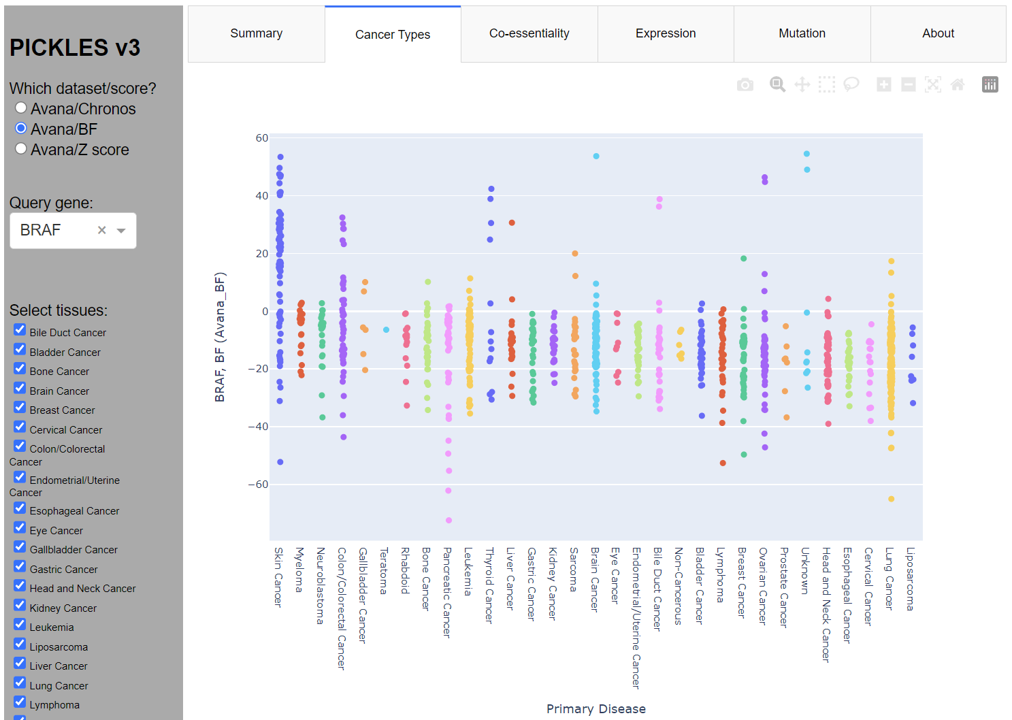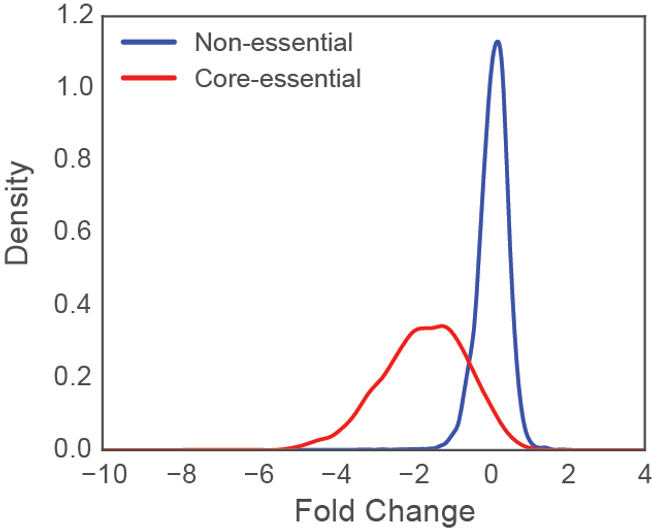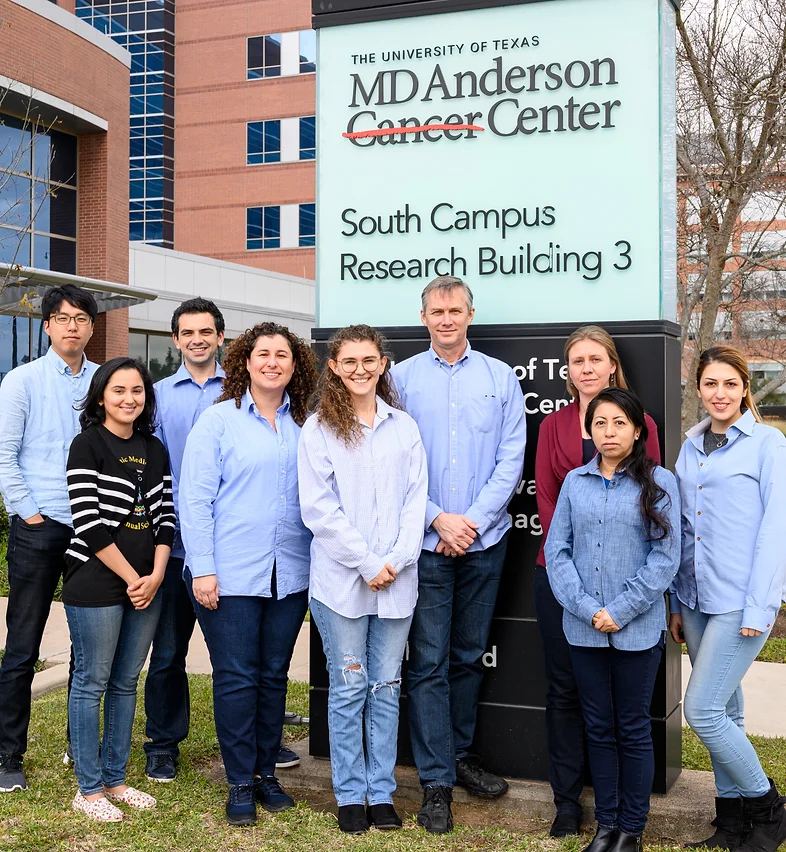Gene Essentiality and
Genetic Interaction Lab
A systems biology lab at the interface of computational and experimental biology
Traver Hart, PhD
We seek to decipher the complex web of relationships that governs how eukaryotic cells process information, respond to their environments, and transform into cancer. As part of The University of Texas MD Anderson Cancer Center, we also search for emergent vulnerabilities of tumor cells, and we collaborate extensively with preclinical and clinical researchers to translate these findings into new therapeutic opportunities. As part of this work, we develop computational and experimental tools for CRISPR-mediated genetic engineering in mammalian cells.
Update March 2023: We are now part of the NCI CTD^2 Network!
Watch this space for more exciting updates.
We seek to decipher the complex web of relationships that governs how eukaryotic cells process information, respond to their environments, and transform into cancer. As part of The University of Texas MD Anderson Cancer Center, we also search for emergent vulnerabilities of tumor cells, and we collaborate extensively with preclinical and clinical researchers to translate these findings into new therapeutic opportunities. As part of this work, we develop computational and experimental tools for CRISPR-mediated genetic engineering in mammalian cells.
Update March 2023: We are now part of the NCI CTD^2 Network!
Watch this space for more exciting updates.
Research
Functional Genomics and Genetic Interactions
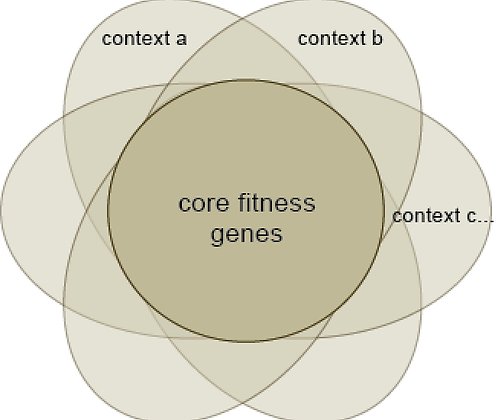
New CRISPR technologies enable precise multiplex genetic perturbations, allowing us to go beyond simple single-gene knockouts. We can now begin to explore genetic interaction networks in mammalian cells, as has been done in yeast, and decipher cellular organization as well as discover synthetic lethals.
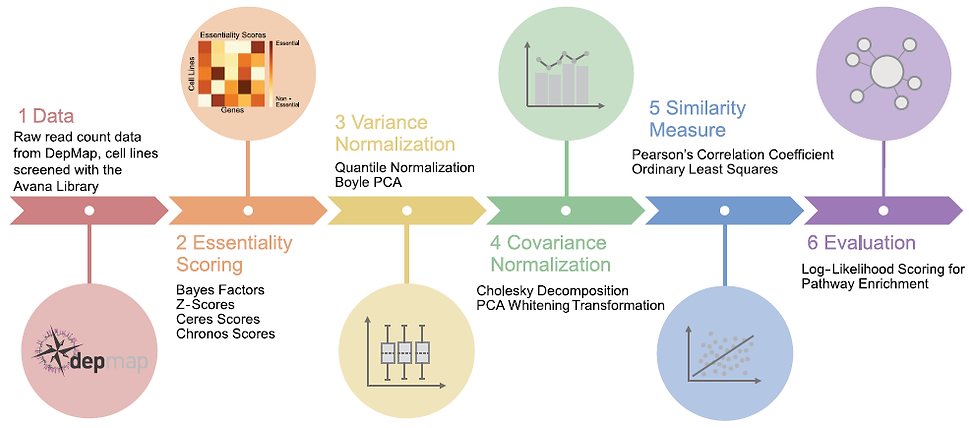
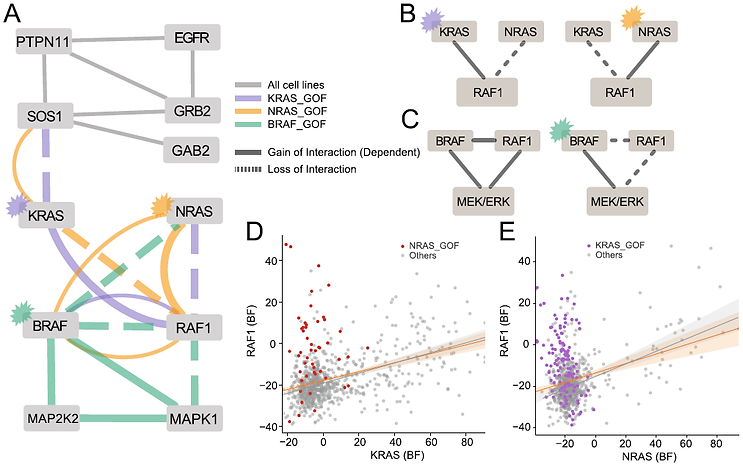
We use approaches like these to ask fundamental biological questions about the hierarchical organization of the cell, and to guide the development of new technologies to address the blind spots in our data.
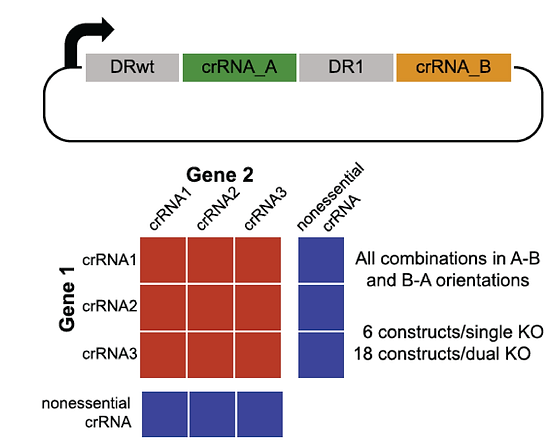
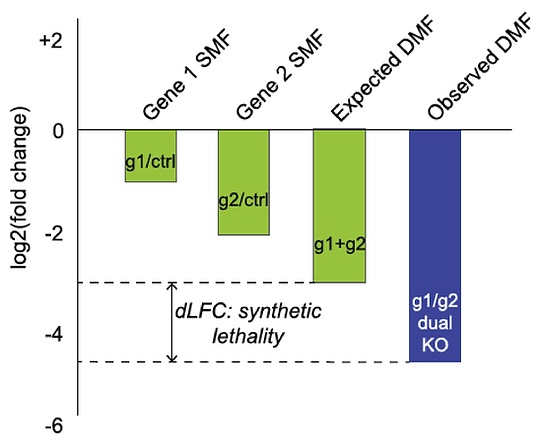
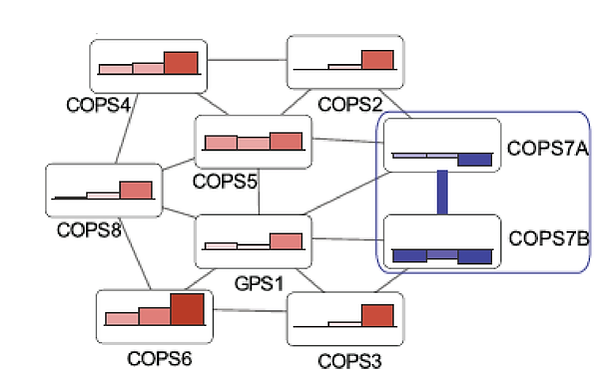
We used the enCas12a system to perform targeted double knockouts of selected paralogs. By measuring genetic interaction between the gene pairs, we were able to identify dozens of synthetic lethals. For example, in the Cop9 signalosome complex, most subunits are essential but the COPS7A/B genes encode proteins that can substitute for each other.
